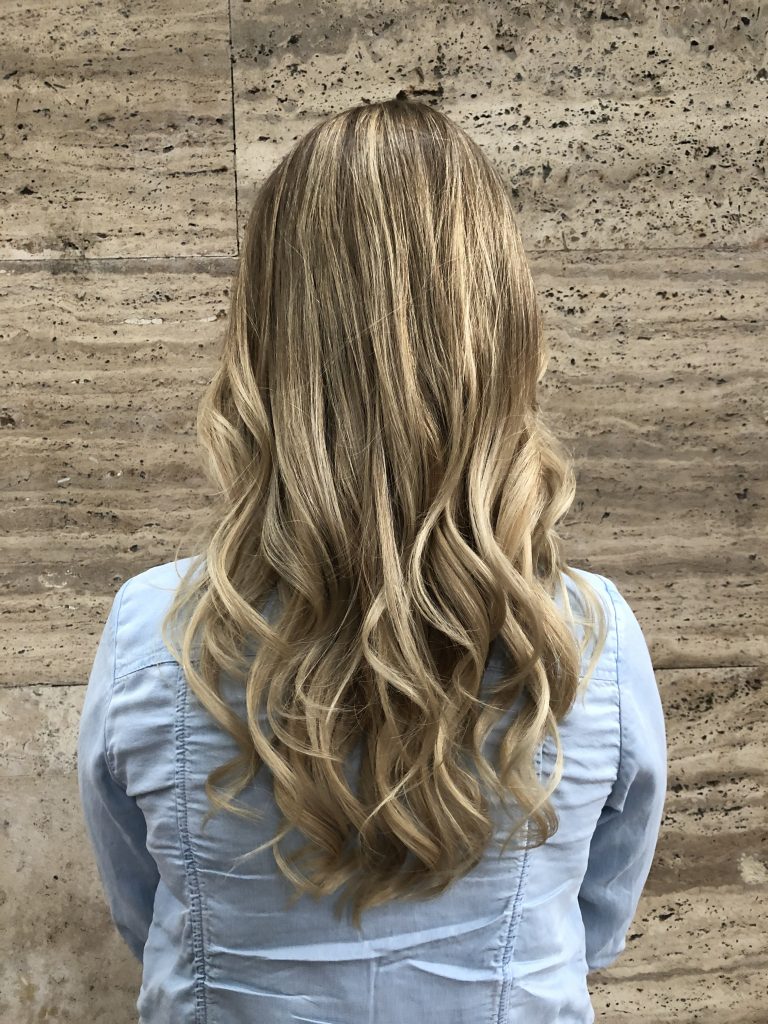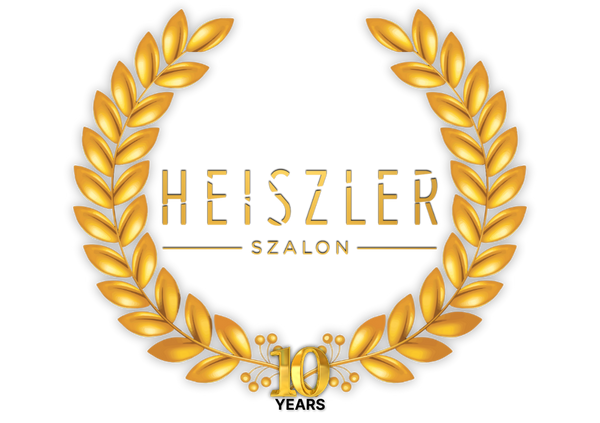
9 things you need to know about balayage
Share
- What exactly is balayage?
Among the many facts about balayage, the first thing we need to do is define the term. Balayage hair coloring is darker at the base, lighter at the ends and has a natural sun-kissed effect. Balayage is a hair coloring technique; it is not the name of the style or a finished hairstyle. Balayage is a French word that means to sweep or dye, and that's exactly what your hairdresser does when she applies the bleach to your locks in a loose motion. A real balayage is made only with brushes and without foils. Sometimes the hairdresser can use foil to separate the strands nicely, or to achieve a lighter hair color. Hair lightening is usually done in the open air, so the bleaching result is not as clear as in the case of a classic foil highlighter.


2. Why does balayage cost more than a hair dye?
Regarding balayage, the second thing worth talking about is the price. Because it is completely customizable, balayage is usually in a higher price range than traditional hair coloring. Achieving the beautiful end result requires much more time and artistic skills, because the hairdresser literally applies the bleaching material to the hair by hand, without stencil movements, as if on a painting canvas. He carefully selects each lock of hair, and places special emphasis on placing the lightened parts around the face. A perfect end result therefore requires skill and a lot of practice. Not to mention that this technique needs to be done every 4-6 months.
3. Hair bleached with the balayage technique stays beautiful longer than a classic highlighter.

Since in this technique, the hairstylist applies the bleaching material to the strands using a sweeping technique, this means that no sharp lines are created when the natural hair comes into contact with the bleaching agent. This way, even after several months, your hair color can be perfect after a well-prepared balayage. It is likely that a color update is needed between the two balayage bleaching treatments, which will re-enchant the crown of your hair and extend the period between the two bleaching treatments, but your hairdresser will inform you of this in any case.
4. The balayage technique does not produce contrasting bleaching results.
If you have naturally dark hair or have dyed it dark, balayage is unlikely to be the best technique for you – especially if you want a significant contrast between the natural and bleached parts. This technique is perfect for achieving the so-called sun-kissed effect. Since foils are not used here, the bleaching level is also lower compared to foil techniques. The foil retains the heat produced by the bleach, and this increases the effect of the bleach. If the hairdresser wants to achieve a lighter bleaching result, or if the goal is to remove orange and red tones in the hair, then he can use foil, but this is not the characteristic of this technique.
5. Balayage gives the hair a softer look.
Since only certain parts and sides of the strand are dyed with the balayage technique, the color is not saturated in the hair. In this way, we can achieve a multidimensional, soft effect on the length of the hair, with which we can highlight the different hair cutting techniques even more, for a uniquely beautiful and personalized hairstyle. If you want a high contrast and bolder look, this is unlikely to be the perfect technique for you. It is also worth choosing a different technique if you prefer cooler tones and do not like warm shades in your hair. Since this technique cannot result in such a lightening, some warm shade always remains in the final result.
6. Balayage and haircuts
As I mentioned before, a beautiful balayage hair color will be really perfect if you crown it with a haircut, and the reverse is also true. A good haircut can be emphasized very nicely with a soft balayage lightening. It is most beautiful with medium-length and long hair. In the case of a large transition, i.e. if there is a significant difference in length between the upper layers of the hairstyle and the length, the top is 10-20 cm, then this technique cannot be used.

7. Is balayage better on curly or straight hair?
Balayage has a completely different effect on straight and curly hair. While we see a much more homogenous color effect on straight hair, on wavy or wavy hair the color depths and heights are much more effective in the hair thanks to the technique, i.e. the so-called multidimensional effect. Before you choose this technique, it is worth looking at photos where this technique is painted on a hairstyle that you wear your hair with. If you are used to wearing your hair straight, for example, the balayage technique will not work on your hair like it would on wavy hair.
8. Maintaining the balayage color and caring for it at home is extremely important.
If properly cared for and maintained at home, balayage will last much longer than a traditional highlighter. However, in between visits to the salon, care at home is important. One very good home care for hair bleached with the balayage technique is the use of bond-strengthening products. These strengthen the keratin bonds in the hair fibers, thereby reducing the porosity of the hair, so the color will last longer. Hair color protection and hair color refresher products are also important, which protect the color and refresh its shade with the help of direct pigments. However, if you still need a color refresh, your hairdresser can do it for you very simply during a salon visit, so that your balayage continues to shine beautifully.
9. Consult your hairdresser before you decide!
Although balayage looks amazing and is extremely popular these days, it may not be the best technique for you. Talk to your hairdresser about the end result you want to see on your hair, and together with his professional experience, you can decide which technique suits you best.
